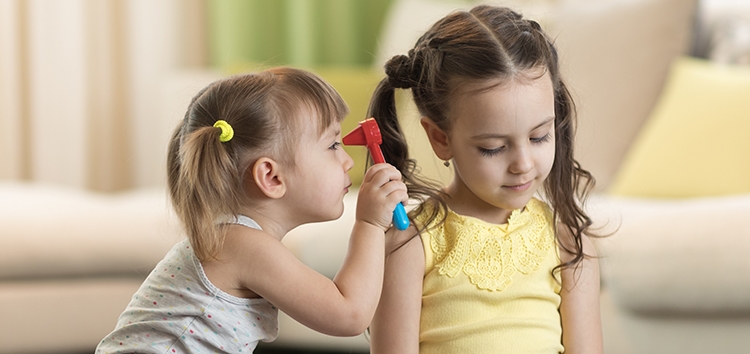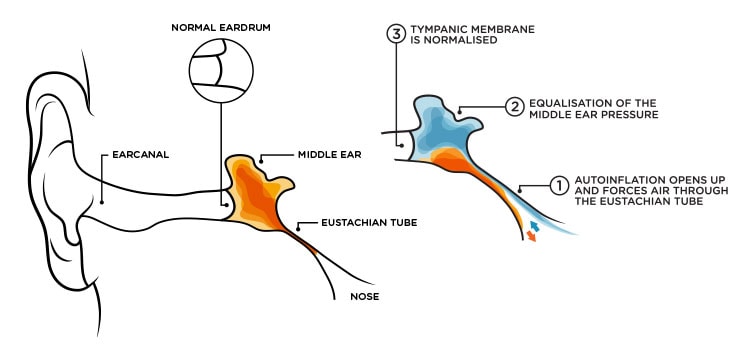
Glue Ear In Children
Glue Ear (otherwise known as Otitis Media with Effusion or Serous Otitis Media) is a common medical condition which affects hearing. This can result in stunted learning at school and social difficulties.
READ MORE
The ear is comprised of three parts: the outer ear canal, the middle ear space (where infections occur) and the inner ear where the nerves and balance are located. The upper throat and back of the nasal cavity or Nasopharynx is connected to the middle ear via a canal called the Eustachian tube.
If the Eustachian tube becomes blocked – usually due to a common cold – the middle ear will fill with fluid rather than air. After a while this fluid can become thick and glue like. Your child will not be able to hear properly if they have glue ear. The condition affects 8 out of 10 children at least once before their tenth birthday.
Symptoms
Dulled Hearing
Social Isolation
Speech & Language Problems
Selective Hearing
Learning Challenges
Clumsiness or Balance Problems
Using a Louder Volume
Babies less responsive to sound
Children yet to develop speech who suffer from glue ear are less responsive to sound
Treatment
GP
You should consult your GP if you notice your child’s behaviour matching the glue ear symptoms. If your GP suspects glue ear as the cause they will likely ask you to observe a “watch and wait” or “active observation” period. This happens because up to 50% of glue ear cases will spontaneously resolve without treatment.
%
50% of glue ear cases will spontaneously resolve without treatment
Audiologist
If your child’s symptoms persist your GP will refer you to an Audiologist. Using a tympanometry test the Audiologist will diagnose glue ear. At the point of diagnosis, you will likely be asked to continue the active observation period. If the condition persists after this, they will either recommend you use Otovent or refer you to an ENT surgeon for grommet surgery. Otovent is available for your GP or Prescribing Audiologist to prescribe.

Watch and Wait / Active Observation
Many parents find the wait for a diagnosis very frustrating. The desire for treatment is of course made especially urgent if your child’s school work and social life are suffering. The Otovent auto inflation device is available on prescription free of charge and over the counter at your local pharmacy. You can also purchase it online. Otovent is the only clinically effective drug-free treatment for Glue Ear. Moniri Otovent – a glue ear treatment for under 3’s – is now available for purchase.


What is Otovent?
Drug-free and non-surgical, Otovent is an autoinflation device. The balloons included in the kit are specially pressurised to open the eustachian tube when inflated via the nose. This process allows the fluid associated with glue ear to safely drain away. NICE recommend that auto-inflation is tried during the watch and wait / active observation period “for children who are likely to be able to carry out the procedure”.
The Otovent autoinflation device is only suitable for children who can blow their nose.

Grommet Surgery


